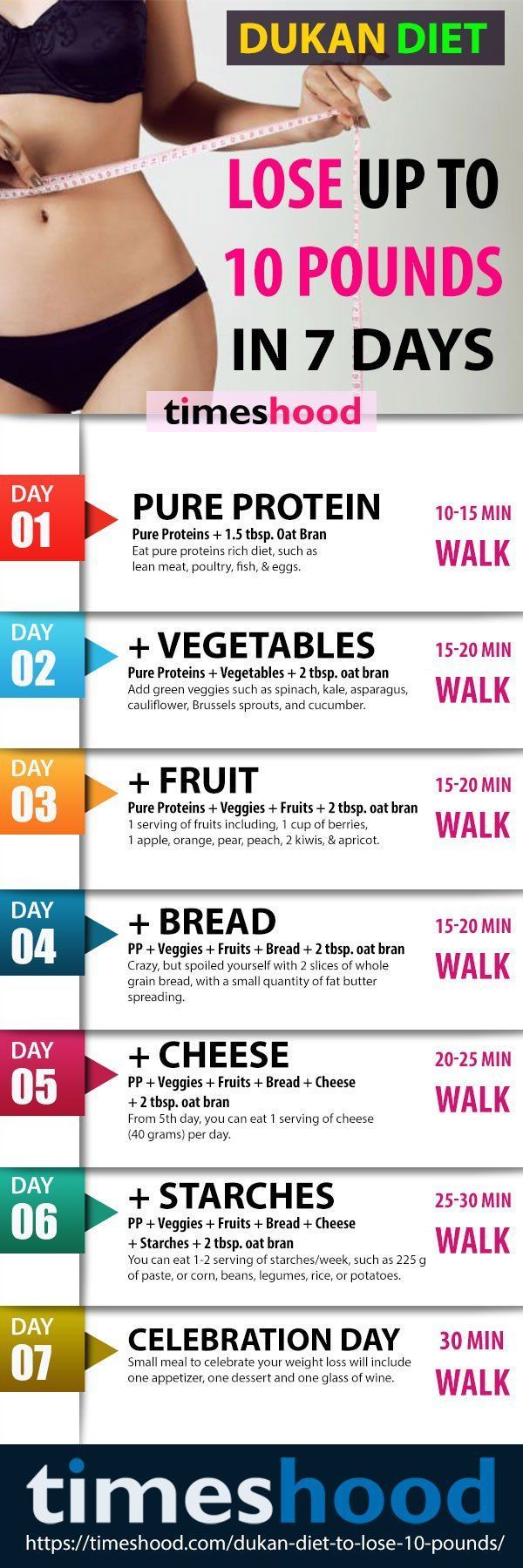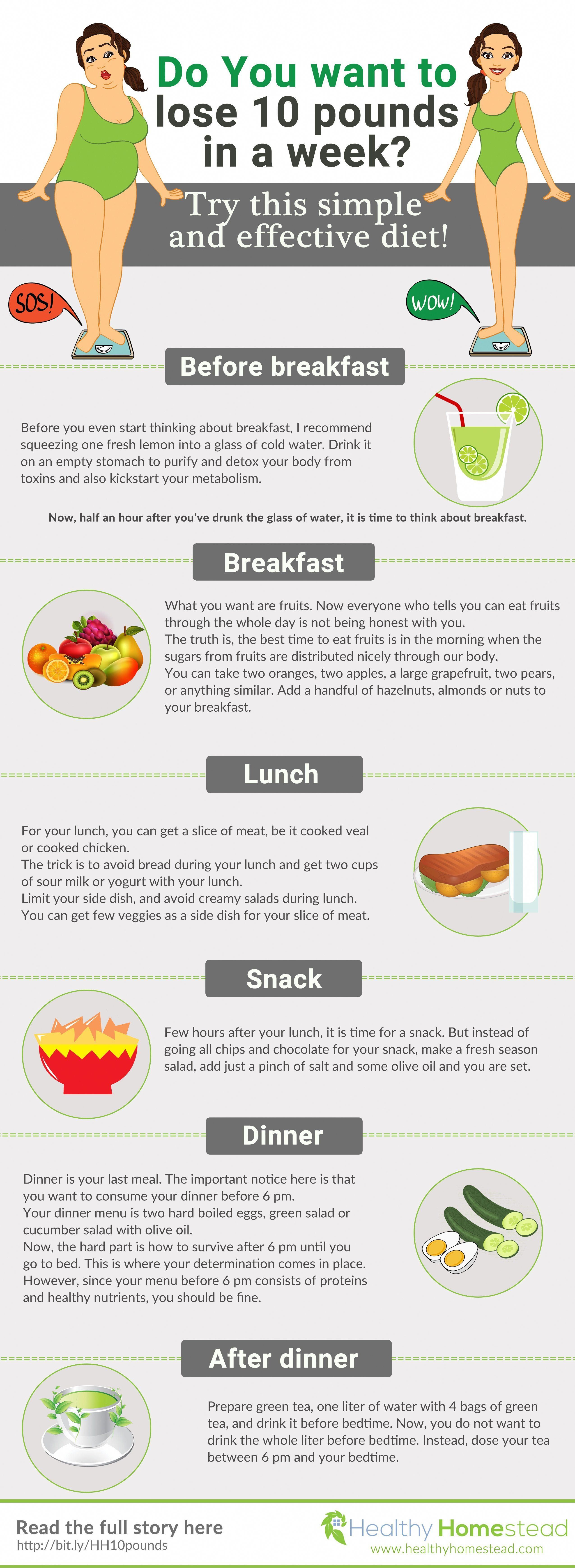When Sarah, a 32-year-old graphic designer, started her weight loss journey, she had one goal: to feel good in her skin again. But, like many women, her path to success wasn’t a straight line. It was filled with emotional ups and downs, unspoken struggles, and hard-earned victories. Let’s dive deep into her transformation and explore the core elements that made her success possible—and how they can work for you, too.

The Struggle: More Than Just Numbers on a Scale
For years, Sarah struggled with her weight. It wasn’t just about looking good; it was about feeling exhausted, mentally drained, and trapped in a body that no longer felt like her own. The endless cycle of dieting, jumping from one fad to another, only to gain the weight back, took a toll on her mental health.
“I remember standing in front of the mirror, looking at the scale, and just feeling defeated,” Sarah recalls. “It wasn’t even about the number—it was about how tired I felt. I knew something had to change.”
At her heaviest, Sarah weighed 190 pounds—a number that seemed to stick with her no matter how many new diets or workout plans she tried. Exercise, though beneficial, felt overwhelming with long office hours and stress eating. “I couldn’t seem to get it right,” she says. “One day I’d feel super motivated, and the next, I’d be back to where I started, or worse, gaining more.”
The Turning Point: Realizing That It’s More Than Just Calories
It wasn’t until Sarah took a step back and really thought about what she wanted from her weight loss journey that things started to shift. This time, it wasn’t about quick fixes; it was about understanding her relationship with food, her emotions, and her body.
- From 203 To 143 How Kelly Clarkson Lost 60 Pounds And Foun R4c7U
- 10 High Protein Soup Recipes For Weight Loss That Actuall V2dSV
- Trisha Yearwood S 55 Pound Weight Loss Journey How A Country Star SeJMS
“I realized I had to stop seeing food as the enemy,” she says. “I needed to understand why I turned to food for comfort, especially during stressful times. It wasn’t just about eating less—it was about eating right.”
Sarah consulted with a nutritionist who helped her develop a personalized plan that would fit her life—not a one-size-fits-all diet. This plan incorporated whole foods, lean proteins, healthy fats, and lots of vegetables, with a focus on mindful eating.
“I had to change my mindset—what I ate, when I ate, and why I ate,” Sarah explains. “It was no longer about restriction; it was about making healthier choices that fueled my body, not punished it.”

The Breakdown: What Sarah Ate to Lose 30 Pounds in 6 Months
Her weight loss wasn’t immediate. In fact, Sarah lost only 5 pounds in the first month, and it was easy to feel disheartened. But she stuck to the plan, knowing this was about long-term health, not instant results. Here’s a breakdown of her journey:
-
Mindful Eating: Sarah started by tracking what she ate without judgment, using a food diary. “It was eye-opening to see how much I ate out of stress or boredom, rather than hunger.”
-
Balanced Meals: She focused on meals that included lean proteins, like chicken, turkey, and fish, whole grains, like quinoa and brown rice, and plenty of vegetables—her favorites being spinach, broccoli, and sweet potatoes. Snacks included nuts, fruit, and Greek yogurt.
-
Portion Control: While Sarah didn’t cut out any foods completely, she paid attention to portion sizes, which was a game-changer. “The truth is, I wasn’t eating poorly—I was just overeating,” she admits.
-
Water and Hydration: Drinking water became a huge part of her routine, with Sarah consuming over 64 ounces a day. “Sometimes, thirst would masquerade as hunger. When I made sure to hydrate, I ate less.”
-
Exercise: Her exercise routine was simple but effective. Sarah incorporated strength training and cardio—lifting weights three times a week and walking or cycling on alternate days. Her goal wasn’t just weight loss, but building muscle and improving her energy levels.
-
Sleep and Stress Management: She prioritized 7-8 hours of sleep each night and worked on reducing stress through yoga and journaling. “Stress was a huge trigger for me to overeat, and the more I tackled it, the better I felt overall.”
The Emotional Shift: How Support Made All the Difference
The weight loss was no longer just about the physical. For Sarah, the most important transformation was emotional. As the pounds dropped, Sarah began to rebuild her confidence and self-worth. But it wasn’t easy.
“Some days I felt like giving up,” she admits. “There were days when I couldn’t see any change in the mirror, and I doubted if it was worth it.”
But Sarah didn’t give up—because she had built a support system. She joined an online community of women going through the same thing, which was a game-changer for her. “We shared our struggles and celebrated small victories together. It made me realize I wasn’t alone.”
The Breakthrough: 30 Pounds Down and Counting
By month six, Sarah had lost 30 pounds and more importantly, she felt stronger, more energetic, and more connected to her body. “I can’t describe how good it feels to wake up in the morning and feel like myself again,” she says, smiling.
But perhaps the biggest transformation came in the way she saw her body. “I’m no longer focused on what the scale says. It’s about how I feel inside. I’ve gained strength, confidence, and a renewed sense of purpose.”
Ladies Weight Loss Diet: From Struggles to Success—One Woman’s Journey to Losing 30 Pounds in 6 Months
Tips for Women: How to Achieve Your Own Weight Loss Transformation
If Sarah’s journey resonates with you, here are some actionable tips to help you achieve your own weight loss goals:
-
Start Small: Focus on small, achievable goals. Don’t aim for perfection; aim for progress. Losing 1-2 pounds per week is a healthy rate, so don’t rush it.
-
Don’t Be Afraid to Seek Help: A nutritionist or dietitian can help you create a personalized plan. Don’t hesitate to ask for professional advice.
-
Make Time for Yourself: Schedule workouts and meal prep just like you would for any important meeting or task. Consistency is key.
-
Mindful Eating: Pay attention to your hunger and fullness cues. Try not to eat out of boredom or stress.
-
Get Support: Whether it’s a friend, family member, or online community, having someone to share the ups and downs of your journey can keep you motivated.
Frequently Asked Questions
-
What’s the best weight loss diet for women?
There isn’t a one-size-fits-all answer, but focusing on a balanced diet with lean proteins, whole grains, vegetables, and healthy fats can help most women lose weight in a sustainable way. -
How much weight can I lose in 1 month?
Safe weight loss is around 1-2 pounds per week. Therefore, 4-8 pounds in a month is a realistic goal. -
What is the best exercise for weight loss?
A combination of strength training and cardio is highly effective for weight loss and improving overall health. Activities like walking, cycling, and resistance training work wonders. -
How do I stay motivated during my weight loss journey?
Set small, achievable goals and celebrate every milestone. Also, track your progress through photos, measurements, and how you feel. -
Is it possible to lose weight without cutting out entire food groups?
Absolutely. Moderation is key. Focus on healthier choices, but don’t restrict yourself too much. Allow yourself the occasional treat so you don’t feel deprived.
Sarah’s story is a reminder that weight loss isn’t just about numbers—it’s about embracing the journey, understanding your body’s needs, and learning to be kind to yourself. Her transformation wasn’t just physical; it was emotional. With patience, consistency, and the right support system, any woman can achieve her own weight loss success—just like Sarah did.
Remember: your journey is personal. Embrace it, take it one step at a time, and know that you are stronger than you think.
